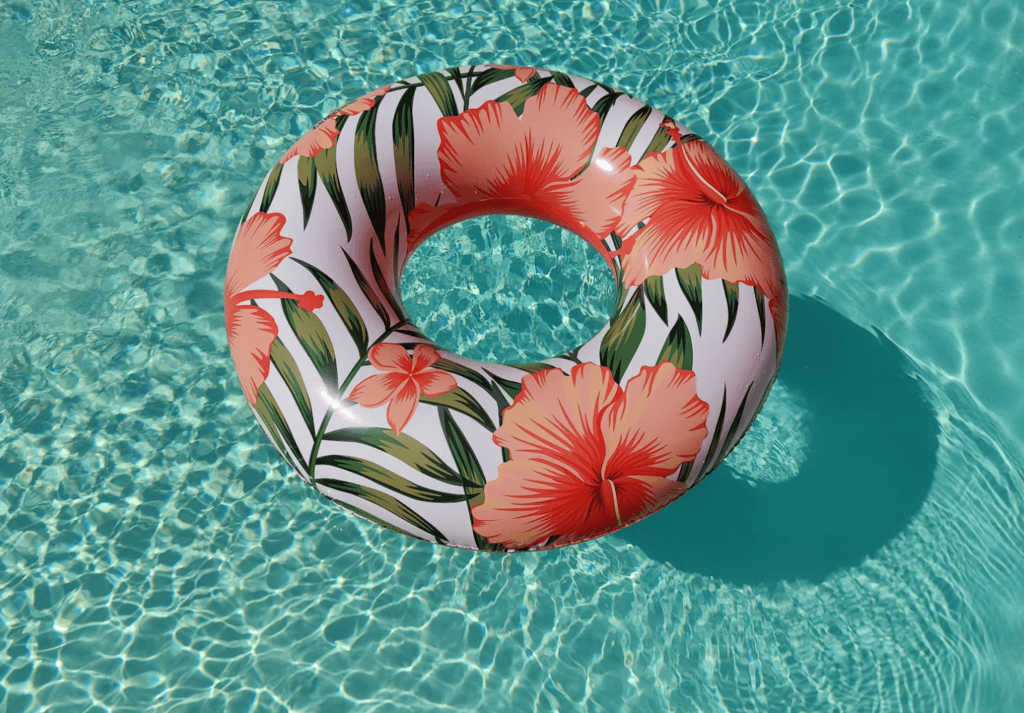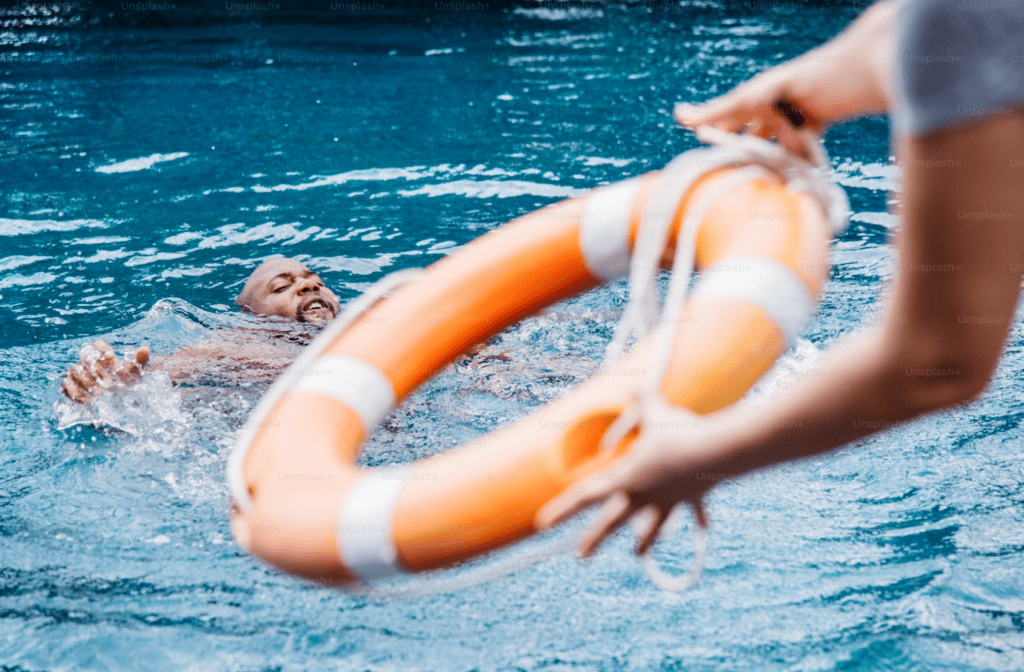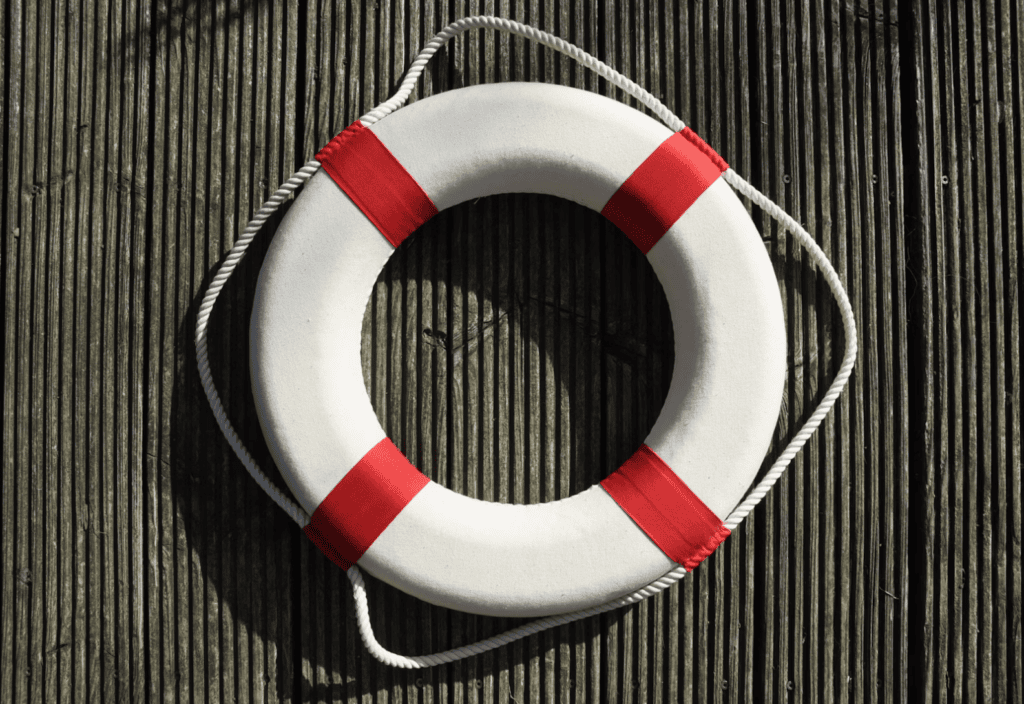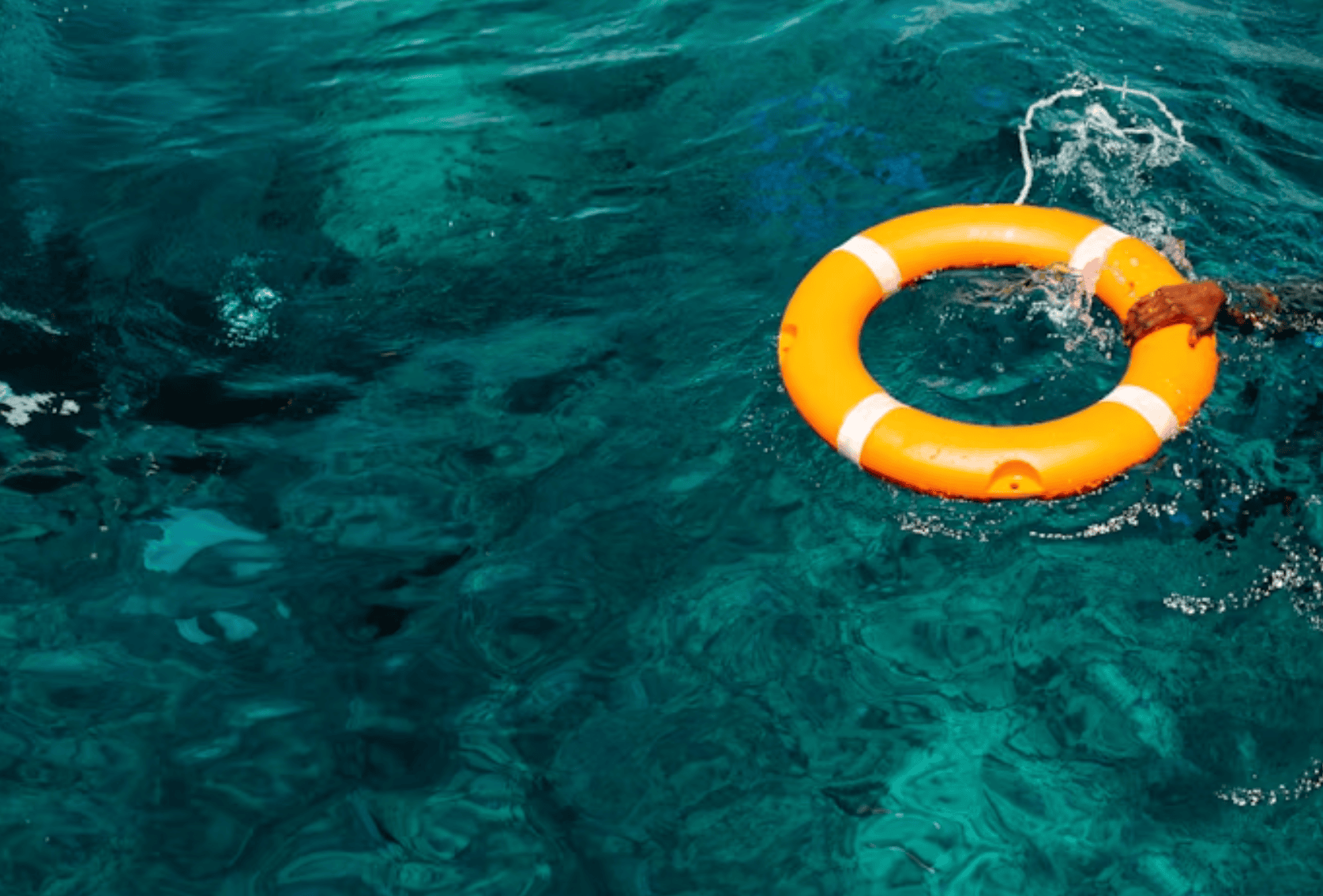Picture this: a child falls from a dock. A swimmer cramps 30 meters from shore. A tourist panics in a fast-moving river. In all these moments, a single piece of equipment can shift the outcome from tragedy to survival—the life buoy.
Often underestimated or mistaken for a pool toy, the life buoy (or lifebuoy ring) remains one of the most iconic and effective water rescue tools in history. In this article, we’ll go beyond the surface to explain what makes a life buoy essential—and how to choose, place, and maintain one for maximum safety.

What Is a Life Buoy?
A life buoy is a ring-shaped flotation device designed to be thrown to a person in water to provide buoyancy and prevent drowning. It can support the victim while they await rescue or recover the ability to swim on their own.
Unlike life jackets, which are worn, the life buoy is deployable rescue gear, making it particularly useful in:
1.Ports and docks
2.Ships and ferries
3.Swimming pools and beaches
4.Water parks and hotels
5.Lakeside properties
6.Flood-prone zones
Jiekang’s water rescue products include life buoys built to meet international standards, trusted by coastal municipalities and private marinas alike.

Why Life Buoys Still Matter
In an era of drones, sonar, and inflatable life rafts, it might be tempting to view the humble life buoy as outdated. But that couldn’t be further from the truth.
Here’s why it remains irreplaceable:
Simplicity saves time – no batteries, no prep, just throw
Instant flotation – buys precious minutes before responders arrive
Intuitive use – anyone can recognize and deploy it
Visibility matters – bright orange or red coloring + reflective tape = easy to spot
Many modern life buoys come paired with throwing lines, mounting racks, and even auto-release brackets that deploy when someone falls overboard.
How to Identify a Real Life Buoy vs a Pool Toy
Let’s clear something up: those inflatable donut-shaped toys you see at hotel pools? Not life buoys.
Real, professional-grade life buoys are:
- Made from high-density polyethylene or rigid foam
- At least 2.5 kg to allow accurate throwing even in wind
- Sized to support an adult body weight
- Designed with grab lines, not just smooth plastic
- Certified to standards like SOLAS, CE, or USCG Type IV

How to Deploy a Life Buoy (Properly)
Throwing a life buoy isn’t about luck—it’s about technique.
Here’s a quick walkthrough you can practice today:
- Grip the rope tightly (if attached)
- Stand firm, feet shoulder-width apart
- Aim beyond the victim, not directly at them (so it lands within reach)
- Shout instructions like “Grab the ring!” or “Stay calm!”
- Pull steadily if there’s a rope and the victim is responsive
Tip: Mount buoys in easily accessible locations with clear signage, especially near stairs, boat ramps, and pool edges.
Real Scene: When Seconds Count
In 2022, during a rainy afternoon in Hangzhou, a delivery rider lost control and fell into a flood channel. Within 20 seconds, bystanders had located the mounted rescue buoy at a nearby footbridge and thrown it accurately to the struggling man.
By the time fire rescue arrived, the victim had managed to cling to the buoy and was guided to the concrete bank using the throw line.
No professional training. No gear bags. Just a readily placed, high-quality life buoy.

Where Should You Install a Life Buoy?
Here’s a question with legal and ethical weight: if someone fell into the water on your property or vessel, could you act within 30 seconds?
Make sure you place life buoys in:
- Every 25–50 meters along harbors and canals
- Every 30 meters of beach or pool edge
- Both sides of ferry decks
- Near water features in public parks
- Outside floodgate buildings or riverside factories
Even commercial properties like golf resorts, hotels, or lakeside cafés can—and should—install life buoys. It’s not just about compliance. It’s about responsibility.
If you manage safety for your facility, our rescue equipment catalog includes bulk solutions and multi-point mounting kits.
Maintaining Your Buoy (So It’s Ready When Needed)
Too often, you’ll find life buoys:
- Faded and brittle from sun exposure
- Missing throw ropes
- Tangled in vines or tied down with zip ties
- Positioned too high for a child or elderly person to reach
Avoid this with simple checks:
- Inspect monthly for cracks, waterlogging, or fading
- Test throw lines (should not be brittle or moldy)
- Ensure visibility day and night—add reflectors or solar lights nearby
- Make it tamper-proof, but not inaccessible
And yes—replace damaged units immediately. The cost of a new buoy is nothing compared to the cost of one missed rescue.

Jiekang Life Buoys: Trusted in the Field
Why do coast guards, shipping yards, and private developers choose Jiekang?
- Compliance-ready with international standards
- Durable in saltwater, UV, and freezing conditions
- Options with 30m floating ropes, brackets, and racks
- Lightweight enough for anyone to use, heavy enough to reach
These professional-grade life buoys are part of Jiekang’s product catalog, alongside rescue cans and certified flotation vests used in real rescue scenarios.
Not Just for Boats: Other Uses You Didn’t Expect
Aside from emergency rescue, our customers have creatively used life buoys for:
- Flood response kits in apartment basements
- Floating perimeter markers during triathlons
- Safety installations at river-adjacent hiking trails
- Training tools for lifeguard schools and scout programs
One industrial client in Malaysia even included 40 life buoys in their annual compliance audit across 12 inland water facilities.
Take Action: Don’t Wait for the Next Splash
You don’t need to be a rescue professional to save a life—you just need the right tools, at the right place, at the right time.
Contact our team to explore our latest life buoy inventory, get volume pricing, or customize your installation plan.



